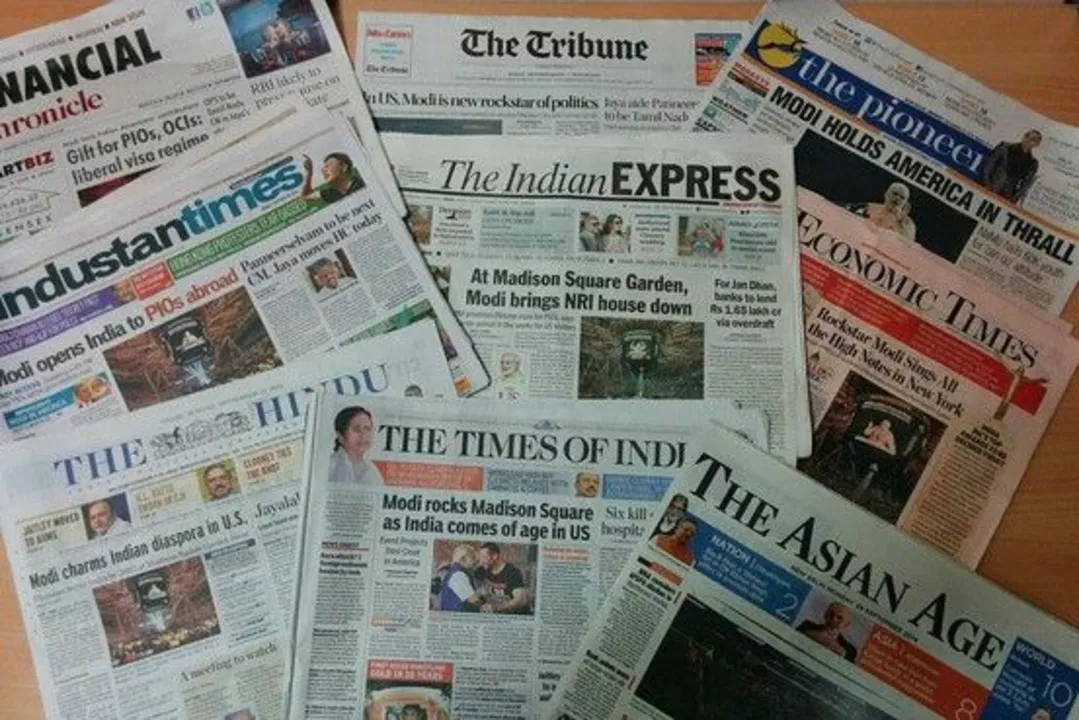I recently discovered that the first Hindi newspaper was launched way back in 1826. It was called "Udant Martand" which translates to "The Rising Sun". The newspaper was founded by Pandit Jugal Kishore Shukla, who was a prominent scholar and journalist. It's fascinating how this publication marked the beginning of Hindi journalism in India. I can only imagine the impact it had on the Hindi-speaking population at that time, giving them access to information and news in their own language.
History of Indian Newspapers and Media
Ever wondered how newspapers started in India? It all began way back in the early 19th century when a handful of visionary writers decided to put ink on paper for the common man. Those first pages didn’t just share news; they sparked a new way of thinking about the world.
The First Hindi Newspaper: Udant Martand
In 1826, Pandit Jugal Kishore Shukla launched Udant Martand, which means “The Rising Sun.” It was the first Hindi newspaper ever printed in the country. Imagine a time when most printed material was in English or Persian—Shukla gave Hindi speakers their own voice. The paper covered local events, British policies, and cultural stories, making information accessible to people who spoke Hindi at home.
Readers of Udant Martand got a taste of daily news in a language they understood. That simple act of publishing in Hindi helped shape a growing sense of identity and gave early journalists a platform to experiment with language, style, and public debate.
How Indian Media Evolved After the First Publications
After the birth of the Hindi press, English‑language papers like The Bengal Gazette (1780) and later Times of India (1838) spread quickly in the colonies. Regional language newspapers followed suit: Tamil, Bengali, Gujarati, and Marathi publications popped up throughout the 1800s. Each new paper added a layer to the nation’s growing media mosaic.
The 20th century brought huge changes. The press played a key role in the freedom movement, publishing bold editorials that challenged colonial rule. Post‑independence, the government encouraged literacy, and newspapers multiplied to serve a booming readership. By the 1990s, India saw its first 24‑hour news channels, and the internet transformed how people consume news.
Today, the media landscape includes print, TV, digital portals, and social media platforms—all competing for attention. Yet the core idea remains the same: delivering timely, relevant information to people in a language they understand.
If you’re curious about the roots of Indian journalism, start with Udant Martand. It’s a reminder that a single newspaper can spark a cultural shift, and that today’s online articles owe a lot to those early ink‑stained pages.
Whether you’re a student, a history buff, or just someone who loves a good story, knowing where Indian media began gives you a clearer picture of why news matters today. Dive into old archives, compare old headlines with current ones, and see how the conversation has changed—or stayed the same—over two centuries.
